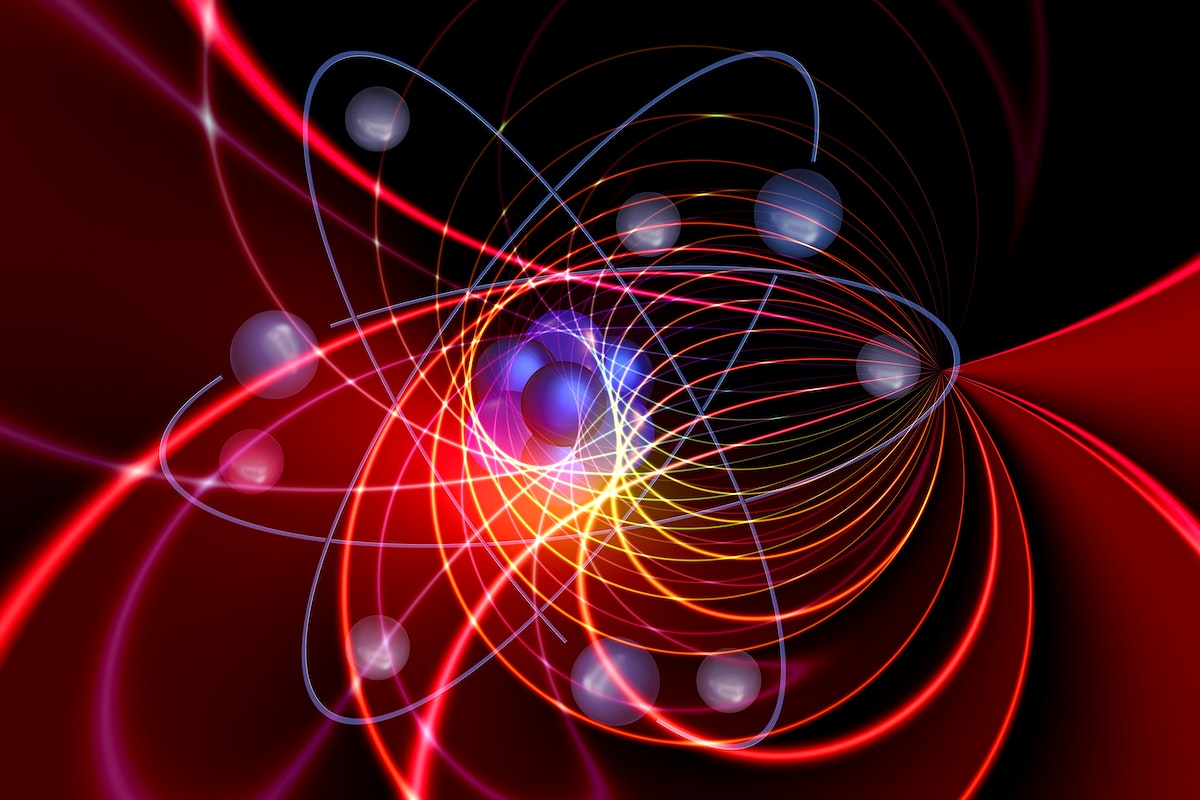In today's world, where environmental concerns are at the forefront, adopting energy-efficient practices is crucial. One significant aspect of this movement is the use of energy-efficient appliances and electronics. These innovative technologies not only help us reduce our carbon footprint but also offer economic benefits by lowering energy consumption.
Understanding Energy Efficiency
Energy efficiency refers to the ability of appliances and electronics to perform their intended functions while using minimal energy. Traditional appliances often consume excessive power, leading to energy wastage and increased utility bills. Energy-efficient alternatives, on the other hand, utilize advanced technologies and design principles to achieve the same or better performance while reducing energy consumption.
Benefits of Energy-Efficient Appliances and Electronics
Cost Savings
One of the primary advantages of energy-efficient appliances and electronics is the potential for significant cost savings. By reducing energy consumption, these products lower monthly utility bills, providing long-term financial benefits to homeowners and businesses. While the initial purchase cost may be slightly higher than conventional options, the energy savings over time more than compensate for the investment.
Environmental Impact
Energy-efficient appliances and electronics play a vital role in minimizing our environmental impact. By conserving energy, these products reduce greenhouse gas emissions and dependence on fossil fuels, thereby mitigating climate change. Additionally, they help preserve natural resources by minimizing the extraction and consumption of non-renewable energy sources.
Enhanced Performance and Features
Contrary to the misconception that energy-efficient products sacrifice performance, they often incorporate advanced technologies that enhance functionality. These appliances and electronics offer features such as programmable settings, remote control access, and smart home integration. By combining convenience with energy savings, they provide a superior user experience.
How Energy-Efficient Appliances Work
Energy-efficient appliances and electronics employ various strategies to optimize energy usage. Let's explore two key aspects of their operation.
Energy Star Certification
The Energy Star certification is a globally recognized symbol of energy efficiency. Products with this label meet strict criteria set by the Environmental Protection Agency (EPA). Energy Star-rated appliances and electronics undergo rigorous testing to ensure they deliver energy savings without compromising performance. By choosing Energy Star-certified products, consumers can make informed decisions and contribute to a more sustainable future.
Energy-Saving Features
Energy-efficient appliances and electronics incorporate innovative features to reduce power consumption. These may include advanced insulation, temperature and humidity sensors, and power management systems. For example, smart thermostats optimize heating and cooling based on occupancy and ambient conditions, resulting in significant energy savings.
Popular Energy-Efficient Appliances and Electronics
Energy-Efficient Lighting Solutions
Energy-efficient lighting, such as LED (Light Emitting Diode) bulbs, offers a compelling alternative to traditional incandescent bulbs. LED bulbs use significantly less energy, last longer, and emit less heat. They are available in various color temperatures and designs, making them suitable for different lighting needs.
Energy-Efficient HVAC Systems
Heating, ventilation, and air conditioning (HVAC) systems are major energy consumers in residential and commercial buildings. Energy-efficient HVAC systems leverage advanced technologies like variable speed compressors, smart zoning, and advanced filtration to optimize energy usage while maintaining comfort levels.
Smart Home Automation
Smart home automation allows users to control and monitor various appliances and electronics remotely. By integrating energy-efficient devices into a smart home ecosystem, homeowners can optimize energy consumption, such as scheduling heating or cooling based on occupancy or adjusting lighting levels based on natural daylight.
Energy-Efficient Kitchen Appliances
Kitchen appliances like refrigerators, dishwashers, and ovens have evolved to become more energy-efficient. Modern refrigerators, for instance, use advanced insulation and efficient compressors to reduce energy usage while maintaining optimal cooling. Dishwashers incorporate features like soil sensors and eco-friendly cycles to minimize water and energy consumption.
Energy-Efficient Entertainment Devices
Televisions, game consoles, and audio systems now come with energy-saving features without compromising on performance. These devices employ power management systems, automatic standby modes, and efficient display technologies to reduce energy consumption during operation and standby periods.
Choosing the Right Energy-Efficient Products
When selecting energy-efficient appliances and electronics, several factors should be considered.
Energy Labels and Ratings
Look for products with clear energy labels and ratings provided by recognized organizations. These labels provide information on energy efficiency, annual energy consumption, and estimated cost savings over time. The most common label, Energy Star, ensures products meet rigorous energy performance standards.
Calculating Energy Consumption
Estimating the energy consumption of appliances and electronics is crucial for making informed decisions. Check the product specifications for details on wattage, kilowatt-hour (kWh) consumption, and standby power usage. Compare this information to your current usage patterns to understand potential savings.
Considering Long-Term Savings
While energy-efficient products may have a higher upfront cost, consider the long-term savings they offer. Calculate the payback period, taking into account energy savings and potential rebates or incentives. In many cases, the higher initial investment is offset by lower utility bills over time.
Tips for Maximizing Energy Efficiency
To maximize the benefits of energy-efficient appliances and electronics, consider the following tips:
Proper Maintenance
Regular maintenance ensures optimal performance and energy efficiency. Clean filters, coils, and vents regularly to allow appliances to operate smoothly. For electronics, keep them free from dust and ensure proper ventilation to prevent overheating.
Efficient Use of Appliances and Electronics
Adopt energy-saving practices in your daily routines. Turn off lights and unplug electronics when not in use. Adjust thermostat settings and use timers or programmable thermostats to optimize heating and cooling. Load dishwashers and washing machines fully to reduce the number of cycles.
Integration with Renewable Energy Sources
Consider integrating your energy-efficient appliances and electronics with renewable energy sources like solar panels or wind turbines. This combination allows you to further reduce your carbon footprint and achieve greater energy independence.
Government Initiatives and Incentives
Governments worldwide are actively promoting energy efficiency through various initiatives and incentives.
Rebates and Tax Credits
Many governments offer rebates and tax credits to encourage the purchase of energy-efficient products. These incentives can significantly reduce the upfront costs, making sustainable choices more accessible.
Energy-Efficiency Programs
Several energy-efficiency programs provide resources and guidance to consumers. These programs offer energy audits, education on energy-saving practices, and recommendations for the best energy-efficient products in the market.
The Future of Energy Efficiency
As technology advances and awareness grows, the future of energy efficiency looks promising.
Advancements in Technology
Ongoing advancements in technology will lead to even more energy-efficient appliances and electronics. Improved energy storage systems, smart grid integration, and enhanced control algorithms will further optimize energy consumption.
Sustainable Manufacturing Practices
Manufacturers are increasingly adopting sustainable practices to reduce the environmental impact of their products. This includes using recycled materials, minimizing waste, and implementing energy-efficient manufacturing processes.
Consumer Awareness and Education
As consumers become more aware of the environmental and economic benefits of energy-efficient appliances and electronics, the demand for sustainable options will continue to rise. Education campaigns and awareness initiatives play a vital role in informing the public about the importance of energy conservation.
Energy-efficient appliances and electronics are essential components of a sustainable future. By choosing these products, we can reduce our energy consumption, lower utility bills, and minimize our environmental impact. With advancements in technology and increased awareness, the market is brimming with options that offer both performance and energy efficiency. Embracing energy-efficient practices is not only a responsible choice but also a step towards a greener and more sustainable world.
FAQs
Are energy-efficient appliances more expensive? Energy-efficient appliances may have a higher upfront cost compared to traditional ones. However, they provide long-term savings through reduced energy consumption and lower utility bills.
How much energy can I save with energy-efficient electronics? The amount of energy savings depends on several factors, including the type of appliance or electronic device and your usage patterns. However, energy-efficient options can typically save a significant amount of energy compared to conventional alternatives.
Are all energy-efficient products labeled with Energy Star? While Energy Star is a widely recognized certification for energy efficiency, not all energy-efficient products carry this label. However, other reputable organizations provide energy labels and ratings to help consumers make informed choices.
Can I retrofit my existing appliances to make them more energy-efficient? Retrofitting existing appliances to improve energy efficiency is possible in some cases. However, it depends on the specific appliance and the availability of compatible retrofitting options. Consulting a professional is recommended for accurate guidance.
How can I contribute to energy conservation at home? Besides using energy-efficient appliances, you can conserve energy at home by adopting practices such as turning off lights when not in use, using natural light whenever possible, properly insulating your home, and optimizing heating and cooling settings.









 English (US) ·
English (US) ·